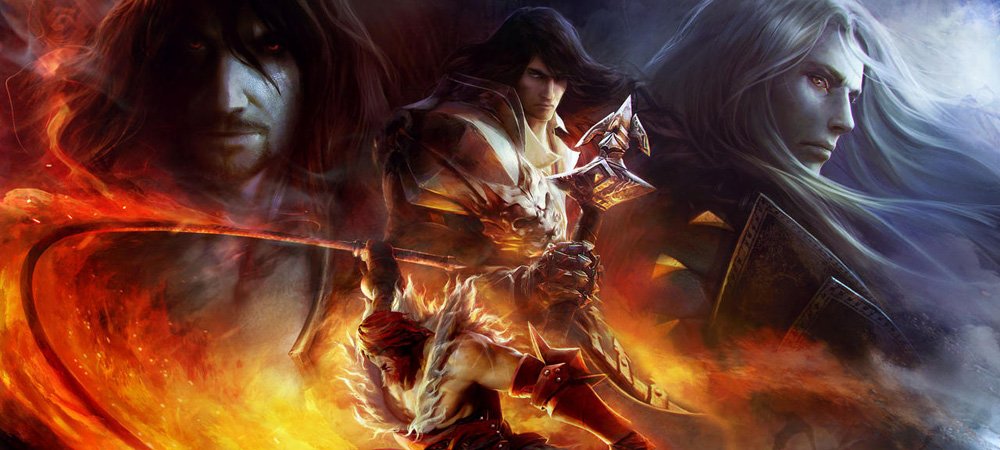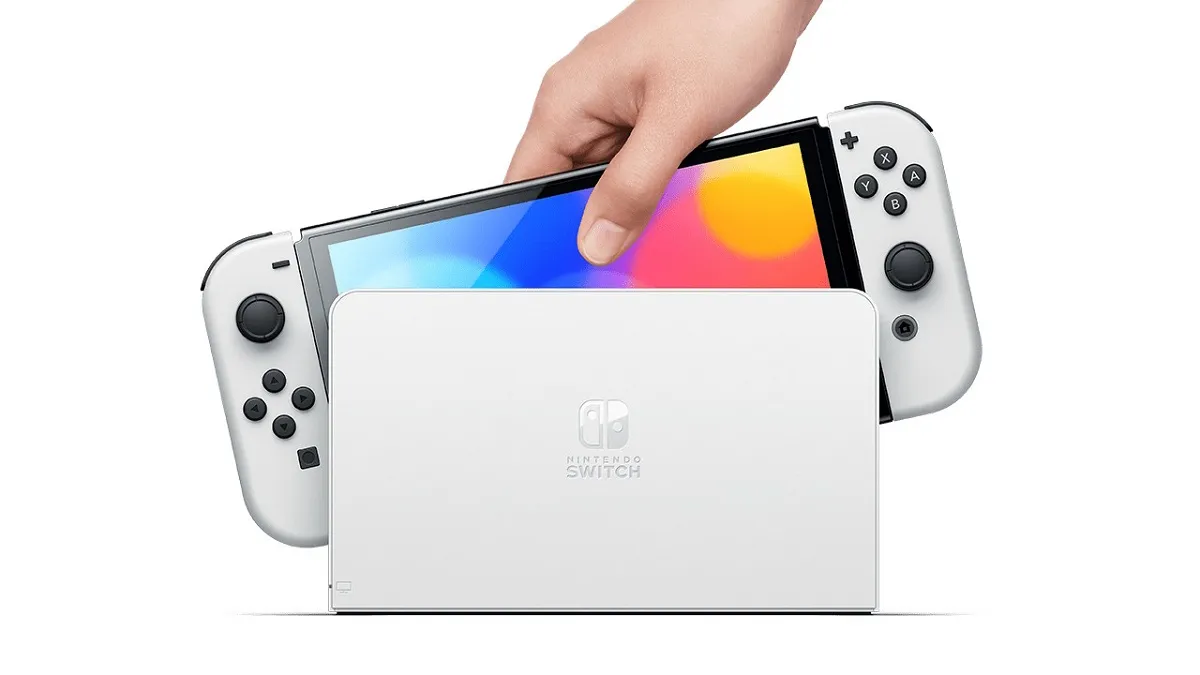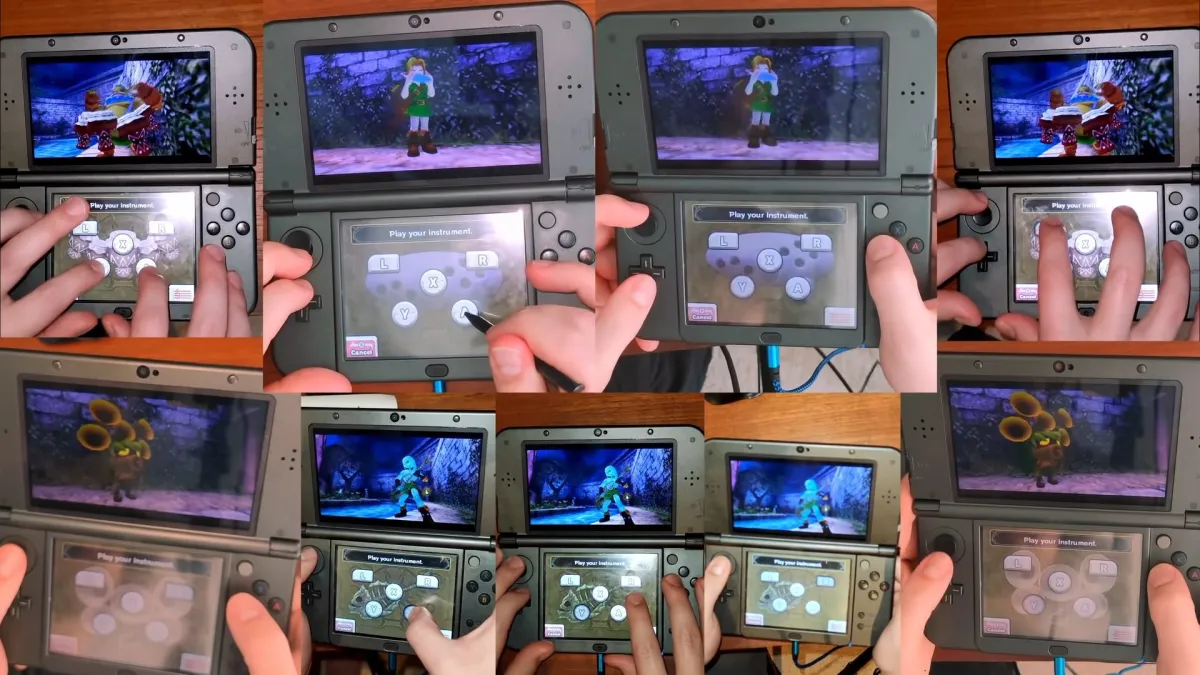A cracked mirror
Castlevania: Lords of Shadow was an attempt to reboot the Castlevania franchise, which even an ardent fan such as myself would admit had been growing long in the tooth. In the care of Spanish studio MercurySteam, Lords of Shadow adopted the combo-based combat and environment traversal of modern action-adventures. Some liked the new direction, others were resistant, but both parties agreed that it certainly didn’t feel like any Castlevania before.
When Castlevania: Lords of Shadow – Mirror of Fate was revealed to be a side-scrolling platformer for the 3DS, people assumed it was an attempt at reaching out to lapsed fans. If done properly, a marriage of the new Western style with the nonlinear “Metroidvania” gameplay could demonstrate that MercurySteam understands what made the series so popular to begin with.
It does not.

Castlevania: Lords of Shadow – Mirror of Fate (3DS)
Developer: MercurySteam
Publisher: Konami
Release: March 5, 2013
MSRP: $39.99
Mirror of Fate tries to tickle our nostalgia bone by presenting a playable cast of re-imagined Castlevania alumni Simon Belmont, Alucard, and Trevor Belmont, along with other minor references sprinkled throughout. This is nothing more than surface dressing, and the game is merely a reconfiguration of the PS3 / 360 original’s style into 2D.
Lords of Shadow got a free pass because MercurySteam wanted to distance itself as far away from the previous titles as possible. In contrast, Mirror of Fate was deliberately presented as a bridge between the past and the present, so the fact that it once again plays nothing like the Castlevanias of old feels more than a little misleading.
I would like to stress that I have no beef with 3D action-adventures. I had a great time with the first two God of Wars, and Onimusha is my favorite new IP of the past decade. I also understand that when adapting a genre for the free-roaming 3D space, several alterations have to be made for the sake of pacing. You would not expect a 3D game to play exactly like a 2D game or vice versa, as what works well in one won’t necessarily work as well in the other.
Mirror of Fate may be dressed in 2D threads, but it’s still a 3D hack-and-slash at heart. Every enemy encounter plays out like a grand production wherein you must mash buttons in order to execute brutal, over-the-top maneuvers. You are lead from battle stage to battle stage, confronted with waves of enemies that must be dealt with before you can proceed. Ideally, this is supposed to provide an ebb and flow to the action, to grant the player respite before the next gauntlet of foes. And it’s completely unsuited for a 2D outing.
What I appreciate about previous Castlevanias is their commitment to maintaining a steady momentum. There are enemies at every turn, but your heroes have the means to dispatch them efficiently, rarely having to break their stride to do so. In the post-Symphony of the Night era, the player has access to a wide array of weapons and techniques and can choose either to engage in battle or avoid fights entirely. You are on a mission! There’s no time for dilly-dallying — unless you want to, because having the option is always preferable.
Mirror of Fate instead forces you to spend an exhausting amount of time engaged in combat. Even low-level zombies and skeletons require a rain of blows from your whip-like Combat Cross, so you can imagine what some of the deadlier foes must be like. You of course gain experience points which go towards unlocking new combos for your Combat Cross, but the gains of having a deadlier moveset aren’t really felt until late in the game. You do acquire a small selection of sub-weapons, like a throwing axe or an electrical bomb, but the game doesn’t encourage their use as much as your standard attacks.

What truly kills the momentum is when you enter a room and magical barriers prevent you from escaping until every monster around you is dead. Again, this is no different than what similar titles in the 3D home console space would throw at you, but when you’ve got this massive castle to explore, it really feels like the game is trying to restrict your freedom.
Not like there is much to “explore” anyway. Unlike the castles of “Metroidvanias” past — featuring labyrinthine passageways that double back on themselves, unreachable paths that can only be accessed once you’ve obtained a new ability, and secret rooms hidden behind false walls — the castle in Mirror of Fate is essentially a straight shot. You start at one corner and run towards the red arrow at the other end, then you never have to go back to that last room again.
There are still barricaded doors that require special powers to open, but the only things hidden within are lore scrolls, bestiary cards, or chests filled with health, magic, or ammunition extensions. There are no special ultra-powerful weapons or armor, no secret challenge rooms, no entrances to mandatory sections of the game. And since back-tracking requires goings through all the previous rooms again — a small handful of two-way teleportation chambers exist, but they are nowhere near as convenient as the portals from previous Castlevanias — you may not feel it worth the effort.

Then there are all these other curiosities that make me want to slam my face into a door. The game autosaves your adventure seemingly every five feet, so you never lose much progress should you die, but it removes a little too much tension. I mean, there are even checkpoints in the middle of boss battles! Where’s the incentive to try your best when the game gives you so many breaks?
Speaking of boss battles, two of them are just extended quick-time events with no direct combat at all. Without spoiling them, I can say that both could have been exciting platforming / obstacle challenges had you been given complete control. I really wanted to play these sections, not watch them and sporadically push a button that the game explicitly tells me to.
Above all, there’s nothing I loathe more than reading tutorials for simple actions that I’ve already preformed countless times. I was fighting this one boss literally 70% into the game when a prompt appears telling me how to double jump. Are you serious? Things like that make me feel like the developer has little faith in the player, and I find that highly condescending.
As I mentioned before, you play as three separate characters: Simon, Alucard, and Trevor. The game is split into three Acts, one for each character, and you explore different sections of the castle at different points in history. The story thus plays out in a nonlinear fashion, as though Mirror of Fate was directed by Quentin Tarantino’s Spanish doppelgänger.
It’s an interesting narrative approach that hasn’t been seen in the Castlevania series before, but it’s not without its shortcomings. Namely, the game builds up to three separate climaxes, so by the time you reach the end of the Act III, the impact of the “final” battle is rather muted. It also doesn’t help that the “twist” ending was telegraphed repeatedly beginning halfway through Act I.

My mountain of criticism aside, Mirror of Fate does have some high notes. The graphics are most definitely among the best on the 3DS, and the stereoscopic effect is likewise top notch. In fact, this is the first 3DS title for which I left the 3D slider on max from start to finish. I can see this being a technical showcase for quite a while.
Even more impressive than the in-game visuals are the cutscenes, which sport a very striking cel-shaded look. I’m slightly upset that MercurySteam didn’t use this style for the whole game! The only knock against it is that the characters’ mouths weren’t animated to sync with their speech, but I can forgive that considering the high quality of the voice acting.
By the way, since when were the Belmonts Scottish? Don’t get me wrong! I could listen to those thick, burly accents all day! It’s just that Scotland and Transylvania are very nearly on opposite ends of the continent. Can someone explain what they’re doing so far from their homeland?
But those bright spots can’t mask the dark truth that Mirror of Fate simply does not feel like a Castlevania, no matter how many characters share the same names as the classic heroes. I want to say that’s my mistake for making too many assumptions about the manner in which MercurySteam positioned this game, but c’mon! That’s obviously what the studio was going for!

If we were to divorce Mirror of Fate from the Castlevania name, would it be a competent action-adventure? I guess so, although there’s still the pacing issue that comes with shoving 3D gameplay into a 2D shell. But to echo Jim Sterling’s sentiments in his Lords of Shadow review, the game borrows too liberally from its genre peers, God of War most of all. It’s hard to carve an identity for yourself when you’re just mimicking others.
Your mileage may vary; from various impressions around the net, a lot of folks have already voiced their approval. And that’s fine. I’m happy if you are able to look past the complete exclusion of any of the traditional Castlevania values and appreciate the Western-focused approach, even if it isn’t original in the least. I simply cannot share in your enthusiasm.
Castlevania: Lords of Shadow – Mirror of Fate is not the fusion of old and new Castlevania designs that was teased; it merely cements MercurySteam’s ambition to keep the Lords of Shadow sub-series as distant from the main branch as possible. Not the worst thing in the world, but still quite disappointing.





Published: Mar 11, 2013 11:00 am